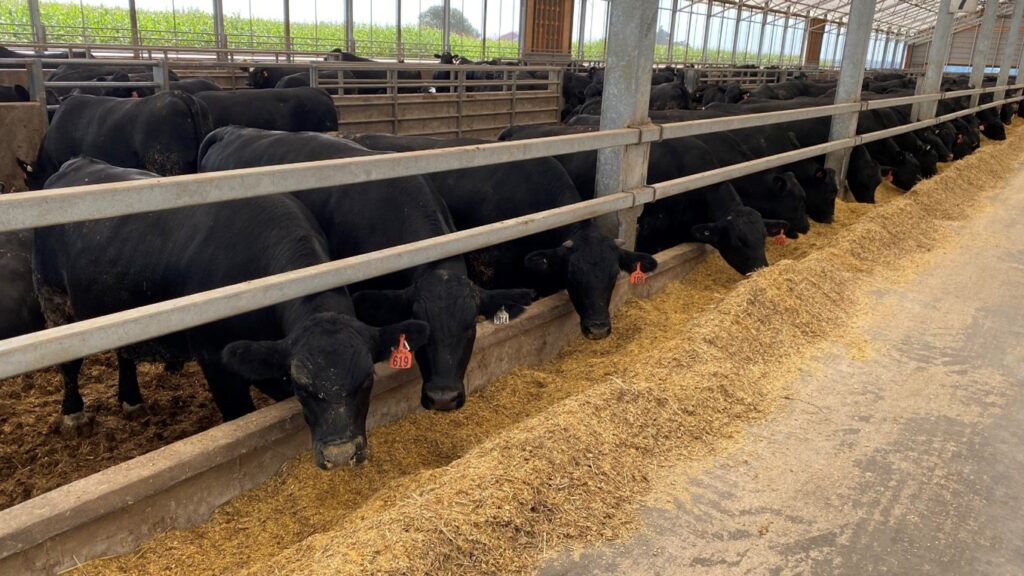Agricultural systems that integrate crops and livestock offer benefits for sustainability, resilience, and economic diversity. Beyond the influences on ecological processes and soil microbial communities, the opportunity to utilize manure, crop residues (i.e. wheat straw for bedding), and crop rotations around feed production contribute to a more nutritious livestock feed production and promotes environmental stability from an improved whole-farm nutrient balance.

The nutrient balance in mixed crop and livestock systems is shaped by the production of livestock feed on the crop acres. Livestock have specific nutrient requirements which results in crop production practices that focus on quality of feed as opposed to highest yield. For example, forages are harvested to match livestock nutrient needs for energy or protein based on the livestock type, stage of production and end goals and purpose of the livestock being fed (e.g., milk, meat, eggs, reproduction). It is important for crop producers without livestock to consider end markets for crops and nutritional quality. Every field producing crops has unique and site-specific characteristics that influence management, inputs, and profitability. Integrated crop management takes all aspects of crop production into consideration.